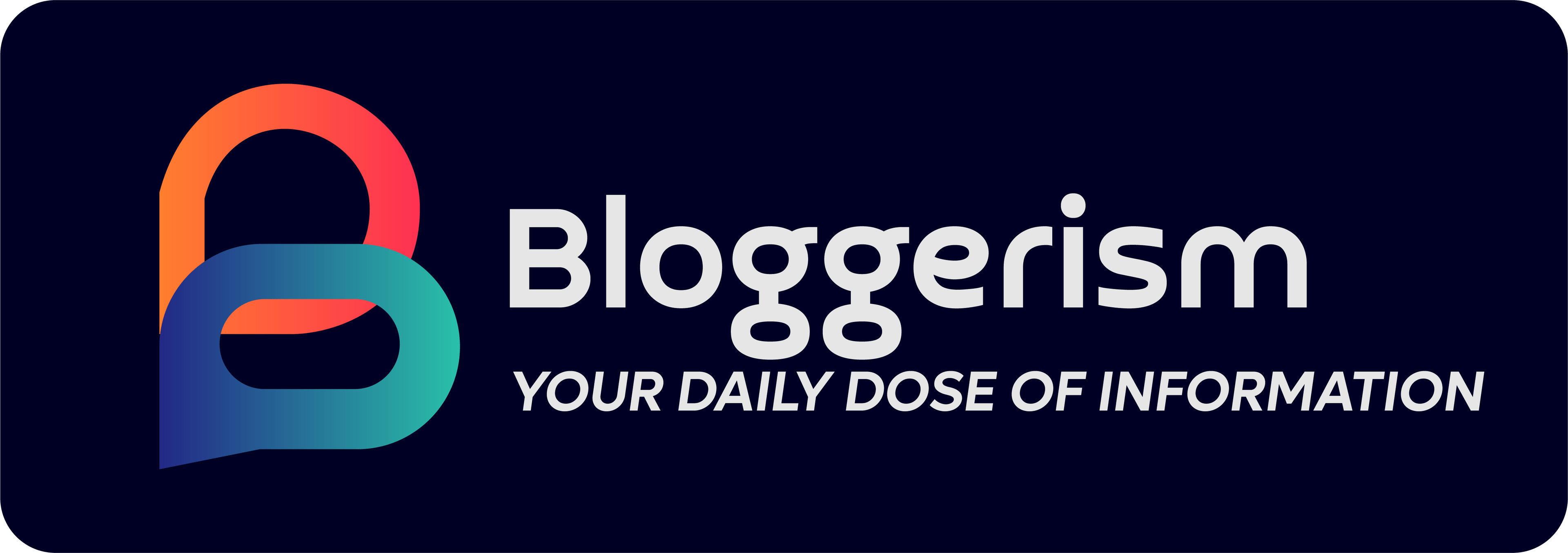
Pablo Escobar: Age, Height, Net Worth, Biography and More:
Pablo Escobar’s rise to power began in the late 1970s when he started his criminal career with small-time activities, including smuggling and petty theft. He quickly recognized the lucrative potential of the cocaine trade and began establishing a network that would eventually make him one of the wealthiest and most powerful drug lords in history. In the early 1980s, Escobar founded the Medellín Cartel, which became infamous for its massive production and distribution of cocaine to the United States and other countries. His business acumen and ruthless tactics allowed him to dominate the drug market, leading to an unprecedented influx of wealth. Escobar’s ability to forge alliances with other criminals and corrupt officials further solidified his position in the drug trade. As he expanded his operations, Escobar employed a strategy of both bribery and violence to maintain control. He used intimidation tactics against rivals and law enforcement, ensuring that his empire remained unchallenged. His methods included high-profile assassinations and bombings, which created an atmosphere of fear in Colombia. Despite his violent reputation, Escobar also sought to portray himself as a Robin Hood figure, investing in social programs, housing, and sports facilities in impoverished communities. This duality helped him gain public support and built a loyal following among some Colombians, complicating the perception of his character. Escobar's wealth and influence allowed him to live a lavish lifestyle, but they also attracted the attention of law enforcement agencies. As the U.S. and Colombian governments intensified their efforts to dismantle the Medellín Cartel, Escobar faced increasing pressure. He became one of the FBI's most wanted fugitives, leading to a relentless manhunt. The battle between Escobar and authorities escalated throughout the late 1980s and early 1990s, resulting in numerous deaths and widespread violence. Ultimately, Pablo Escobar’s reign came to an end when he was killed by Colombian National Police in December 1993, marking the collapse of the Medellín Cartel and a significant shift in the global drug trade. Escobar was known for his extravagant lifestyle, including owning multiple properties, including a luxurious estate called Hacienda Nápoles. He was involved in various philanthropic activities, funding schools and sports teams in poor neighborhoods. Despite his criminal activities, Escobar was elected as an alternate member of the Colombian Congress in the 1980s. His life inspired numerous films, documentaries, and TV series, illustrating the complexities of his character. Escobar’s death did not mark the end of the drug trade in Colombia; it evolved and continued under new leadership. What were some of Pablo Escobar's notable operations? How did Escobar maintain his power? Did Pablo Escobar have any political ambitions? What is Escobar's legacy? How did his death impact Colombia?Pablo Escobar Biography
Pablo Escobar Physical Measurements
Pablo Escobar Education
Pablo Escobar Net Worth
Pablo Escobar Early Career
Some Lesser Known About Pablo Escobar
People Also Ask
Pablo Escobar was known for his leadership of the Medellín Cartel and for pioneering the cocaine trade to the U.S.
He used a combination of violence, bribery, and community support to maintain control over his operations.
Yes, he briefly served as an alternate member of the Colombian Congress.
He is remembered as one of the most infamous drug lords in history, symbolizing the cocaine epidemic of the 1980s and 1990s.
Escobar's death led to a decline in the Medellín Cartel's power but did not eliminate the drug trade in Colombia.
